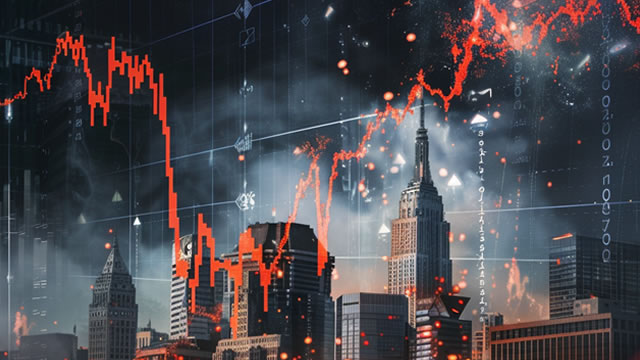Understanding the Potential Impact of Trump’s Trade Policies: A Closer Look
For months, the business community and global markets have been grappling with uncertainty regarding the trade policies of the incoming administration under President Donald Trump. While some apprehension is natural given the controversial rhetoric during his campaign, there is relief in just knowing what to expect. In this post, we will explore the potential implications of Trump’s trade policies for individuals and the world at large.
Trump’s Trade Policies: A Recap
During his campaign, Trump made no secret of his intention to renegotiate or even withdraw from existing trade agreements such as NAFTA and the Trans-Pacific Partnership (TPP). He also expressed a desire to impose tariffs on imported goods, particularly from China, to protect American industries and jobs.
Impact on Individuals
The primary concern for individuals is the potential increase in prices for goods and services due to increased tariffs. A study by the Peterson Institute for International Economics estimates that a 45% tariff on Chinese imports would lead to a $1,000 increase in the cost of an average American household’s annual consumption.
However, it’s important to note that not all industries or consumers will be affected equally. Industries that rely heavily on imported goods or have significant competition from foreign markets may experience increased costs and potential job losses. On the other hand, industries that produce goods for export could benefit from a weaker dollar resulting from trade tensions, making their products more competitive in global markets.
Impact on the World
The potential impact of Trump’s trade policies on the world is more complex. Some experts believe that a more protectionist US trade policy could lead to a global trade war, as other countries retaliate with their own tariffs. This could result in lower global trade, slower economic growth, and higher prices for consumers worldwide.
However, others argue that the US is not the only player in the global economy and that other countries, particularly China, have significant economic leverage. For example, China is the largest holder of US Treasury securities and could potentially use this as a bargaining chip in trade negotiations. Furthermore, Trump’s policies could push other countries to form alternative trade blocs, such as the TPP without the US, which could lead to new economic opportunities.
Conclusion
While it’s impossible to predict the exact impact of Trump’s trade policies with certainty, it’s clear that they will have far-reaching consequences for individuals and the world. For individuals, the potential for increased costs and potential job losses in some industries is a cause for concern. However, it’s important to remember that not all industries or consumers will be affected equally. For the world, the potential for a global trade war and slower economic growth is a valid concern, but there are also opportunities for new economic alliances and partnerships.
Ultimately, the best course of action for individuals and businesses is to stay informed and adapt to the changing economic landscape. This may involve diversifying supply chains, exploring new markets, and investing in industries that are well-positioned to thrive in a more protectionist global economy.
- Sources:
- Peterson Institute for International Economics. (2016, November 30). Trump’s Trade Policies: What’s at Stake for the US Economy?
- World Bank. (n.d.). Trade.





